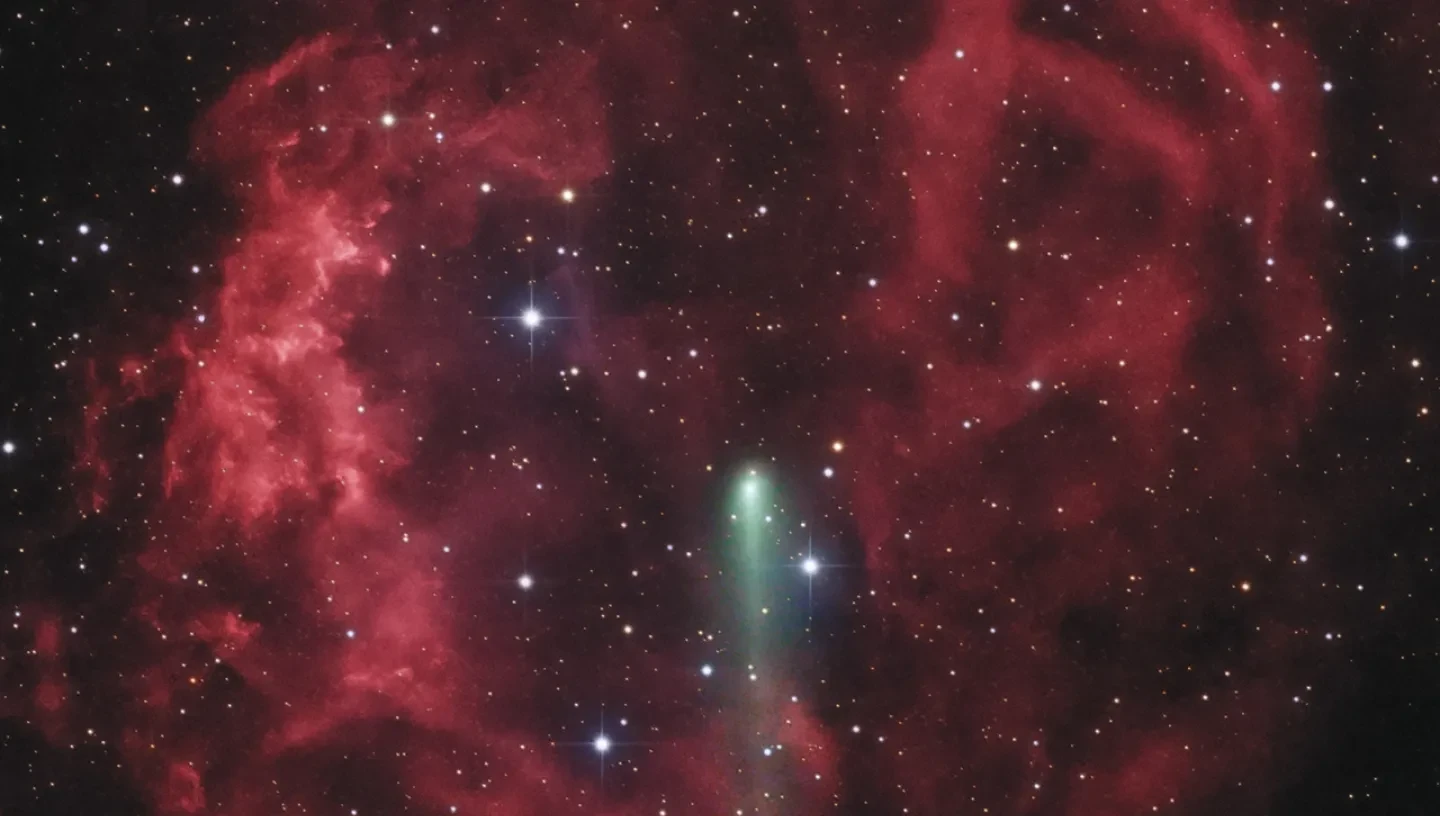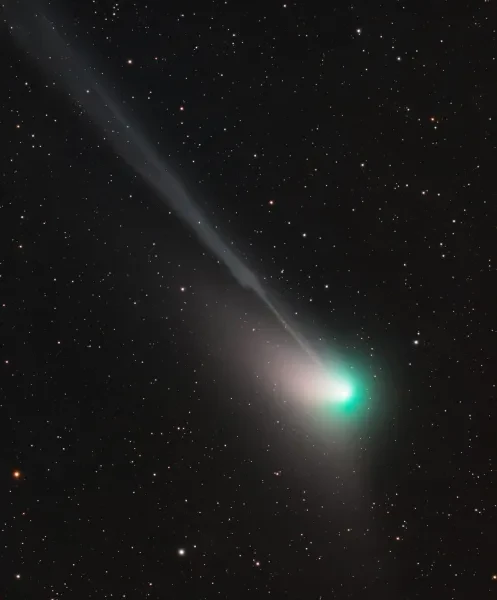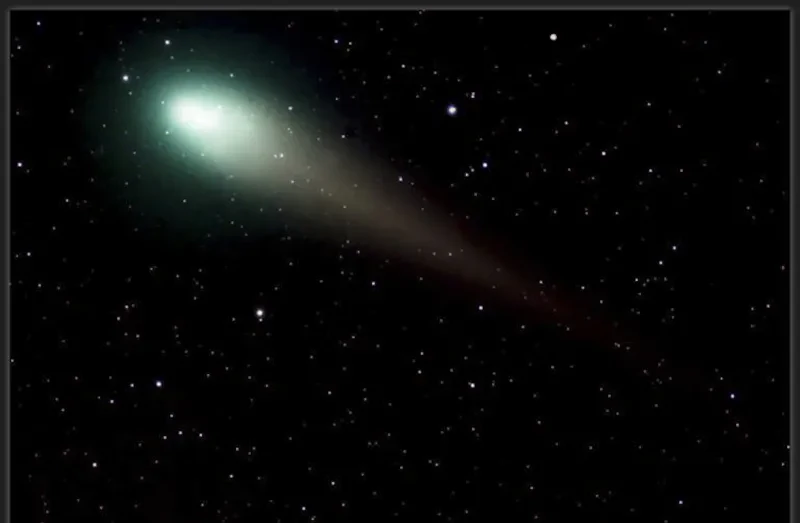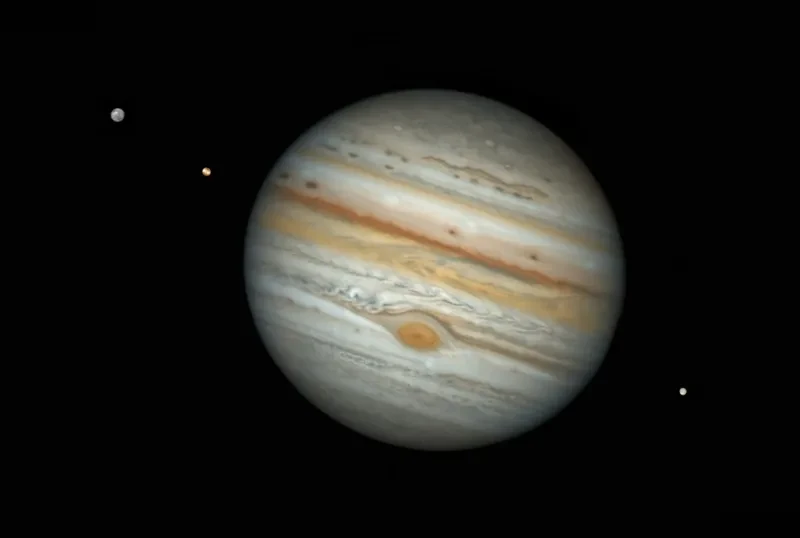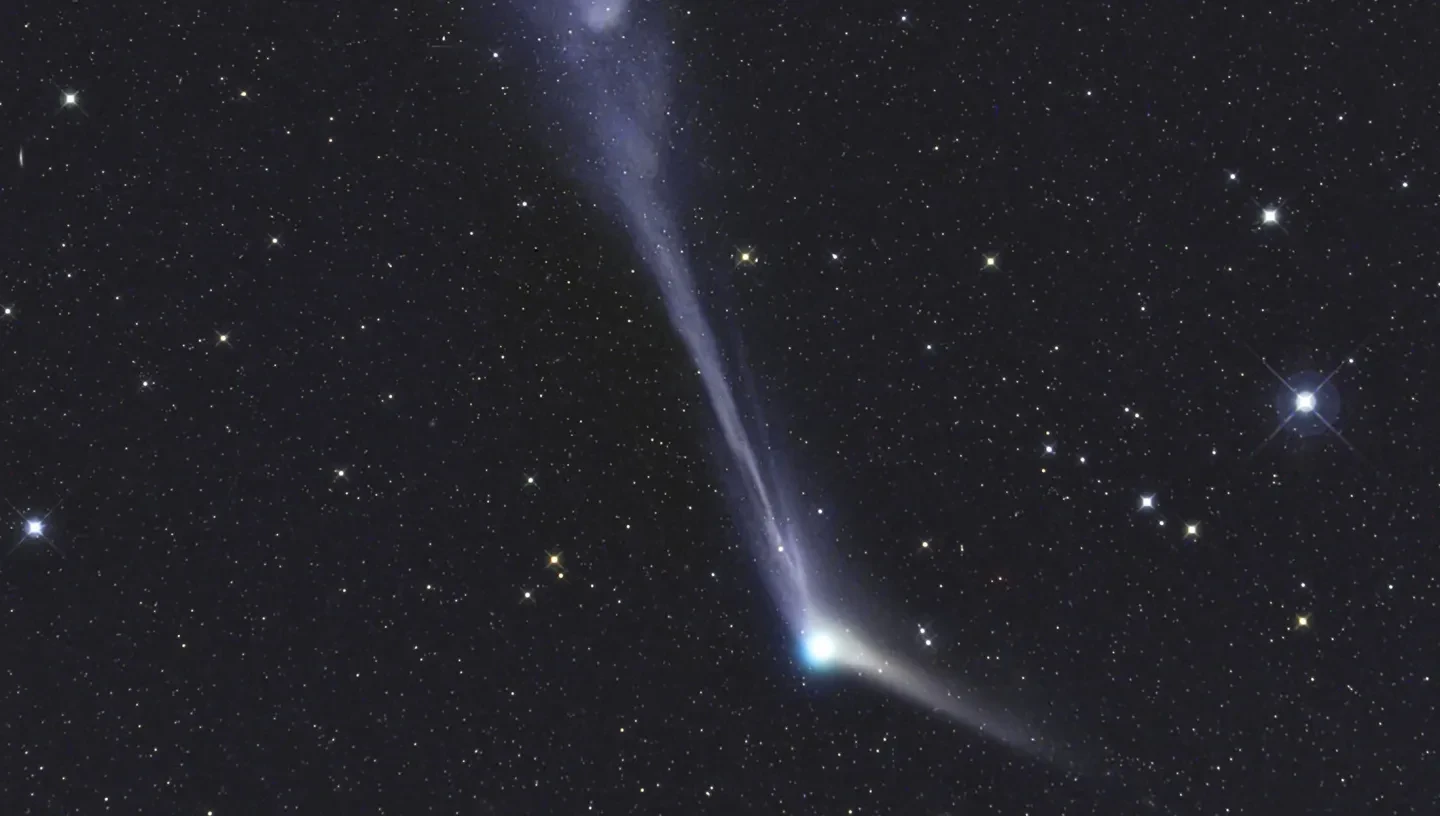
Comets have fascinated us for hundreds of years, seen from Earth as celestial sprays of fire - but they are only now understood.
Comets have long been associated by the superstitious with disasters and other notable historical events. Because they can be seen so easily, records of the observation of comets can be traced back over many centuries, although it wasn’t until 1986 that we knew what lay at the centre of comets.
Comets appear to have some sort of nucleus surrounded by a bright, circular region called the 'coma' from which one or more tails may be seen spreading out away from the Sun. The supposed nucleus of the comet is the bright centre of the coma.
Riding a comet
The European Space Agency’s Rosetta probe studied comet 67P/Churyumov–Gerasimenko (67P). On 12 November 2014 it became the first object from Earth to land on a comet.
The comet’s nucleus
Until the Giotto probe in 1986 showed us pictures of the nucleus of comet Halley, there was considerable discussion of the nature of a comet's nucleus. We now know that the nucleus is small, about 10–20 kilometres across, irregular in shape (rather like a peanut), and almost black.
From it, jets of gas and dust are forced out by the Sun's radiation. We believe that under the black skin there is a solid body composed of ices of various kinds, including water-ice, dry-ice (made of carbon dioxide), ammonia, methane and many other organic carbon compound ices all mixed together with dust.
The coma
Surrounding the nucleus is the bright coma. This is composed of gas and dust which has been expelled as the Sun evaporates the icy nucleus. The gas and dust form a roughly spherical ball around the nucleus. This is many times larger than the nucleus – the coma of a bright comet can be millions of kilometres in size, whereas the nucleus is only 10km or so across. The coma of the Great Comet of 1811 was larger than the Sun.
The tail of a comet
The action of the Sun's radiation and the magnetic field associated with the solar wind remove gas and dust from the coma and it is 'blown' away to form the comet's tail. The gas is ionised by solar radiation and becomes electrically charged. It is then affected strongly by the magnetic fields associated with the solar wind (a stream of charged particles expelled by the Sun).
The image above shows a photograph of Comet C/2021 A1, commonly known as Comet Leonard, first observed at the start of 2021 by astronomer Greg Leonard. Gerald Rhemann's image captured a 'disconnection event', which happens when a piece of the comet's tail becomes separated after being blown away by high-velocity solar particles.
The dust tail can be complex, multiple and even curved but, in general, will point away from the Sun. The gas tail can be about 100 million km long while the dust tail is around 10 million km long. The longest observed tail on record is the Great Comet of 1843, which had a tail that was 250 million km long (greater than the distance from the Sun to Mars).
The orbit of a comet
The orbits of many comets can last from hundreds of years to tens of millions of years. The orbits of the long-period comets are not confined to a plane, like the orbits of the planets, and these comets can appear in any part of the sky.
In order to explain the orbits of comets, astronomers have proposed the existence of two gigantic groups of comets on the edges of the solar system – the Oort Cloud and the Kuiper Belt.
Predicting a comet
Apart from periodic comets like Halley, whose orbital periods are well known and whose returns can be predicted with great accuracy, it is impossible to predict when comets may be seen in the sky. Most of the brightest and most spectacular comets have been ones which have appeared only once and have never been seen again.
Header image: Comet Catalina by Gerald Rhemann
More photos of comets
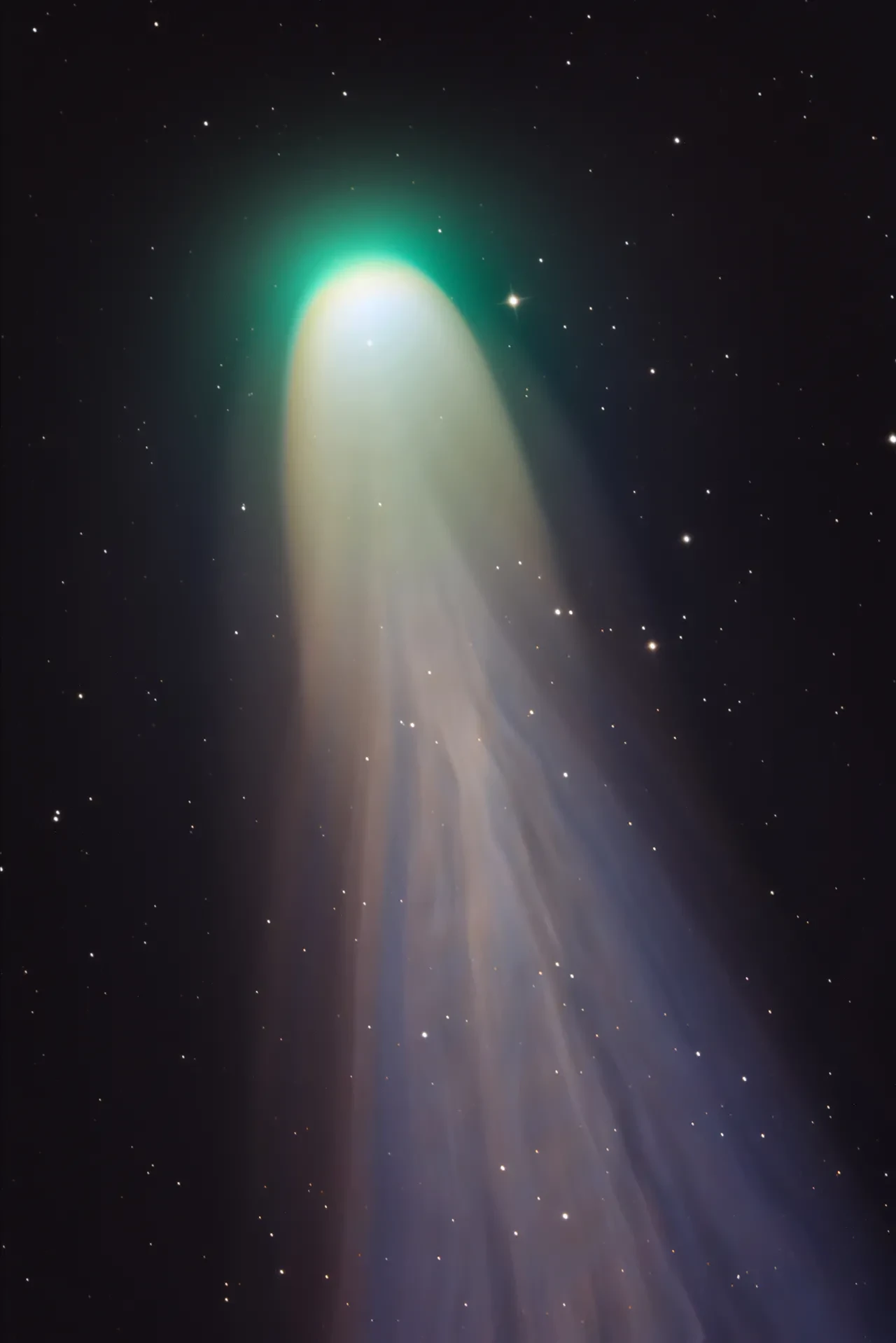
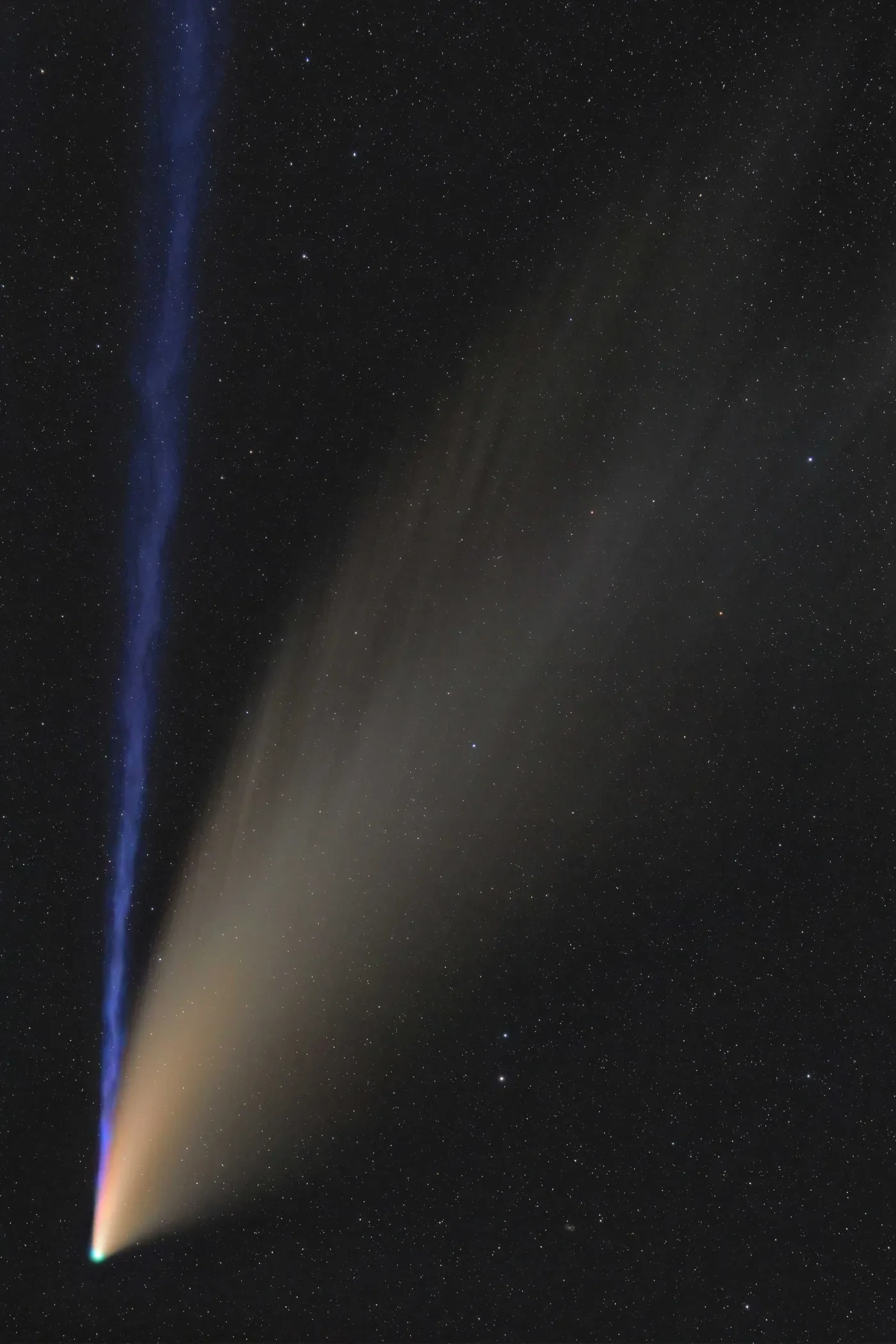
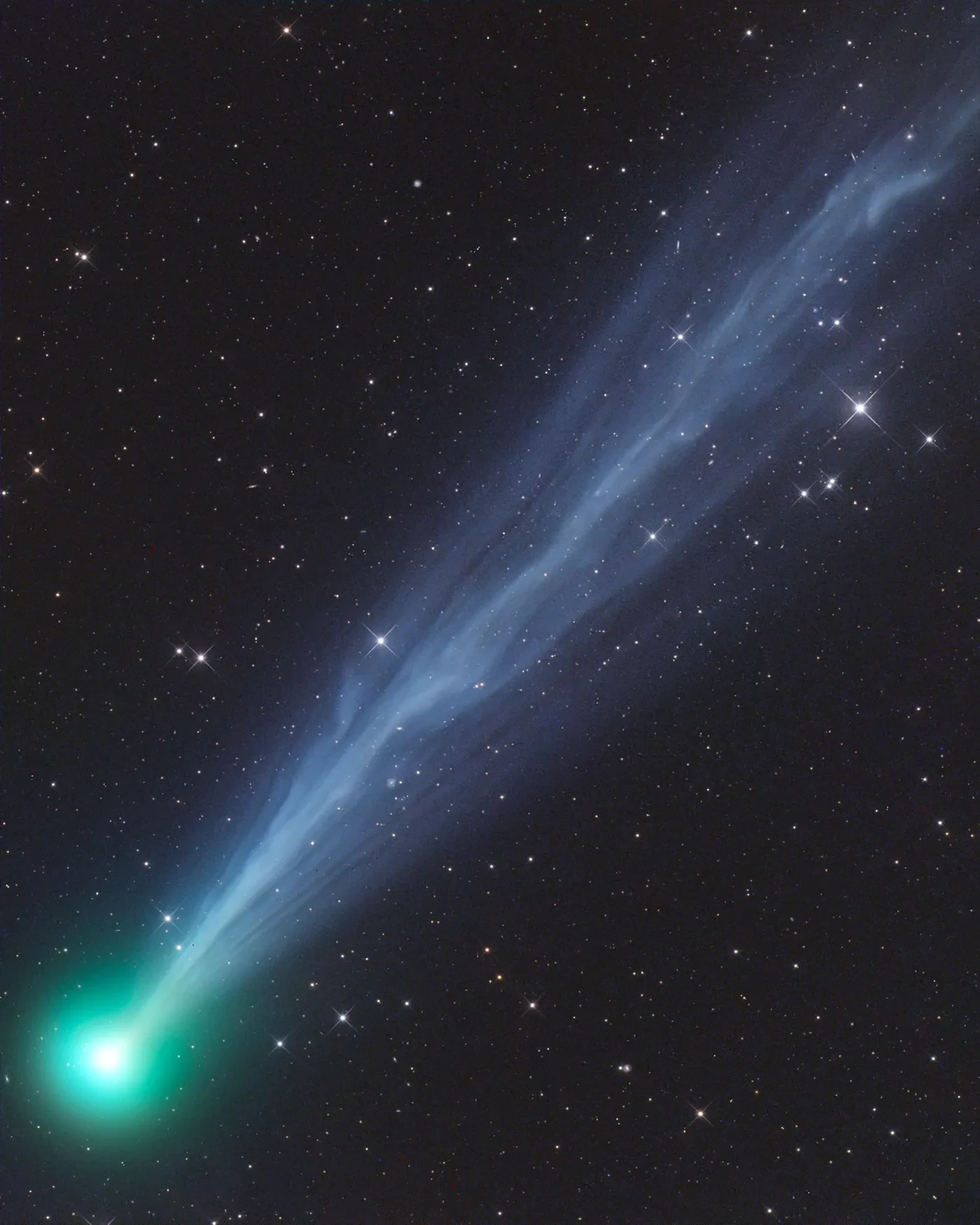
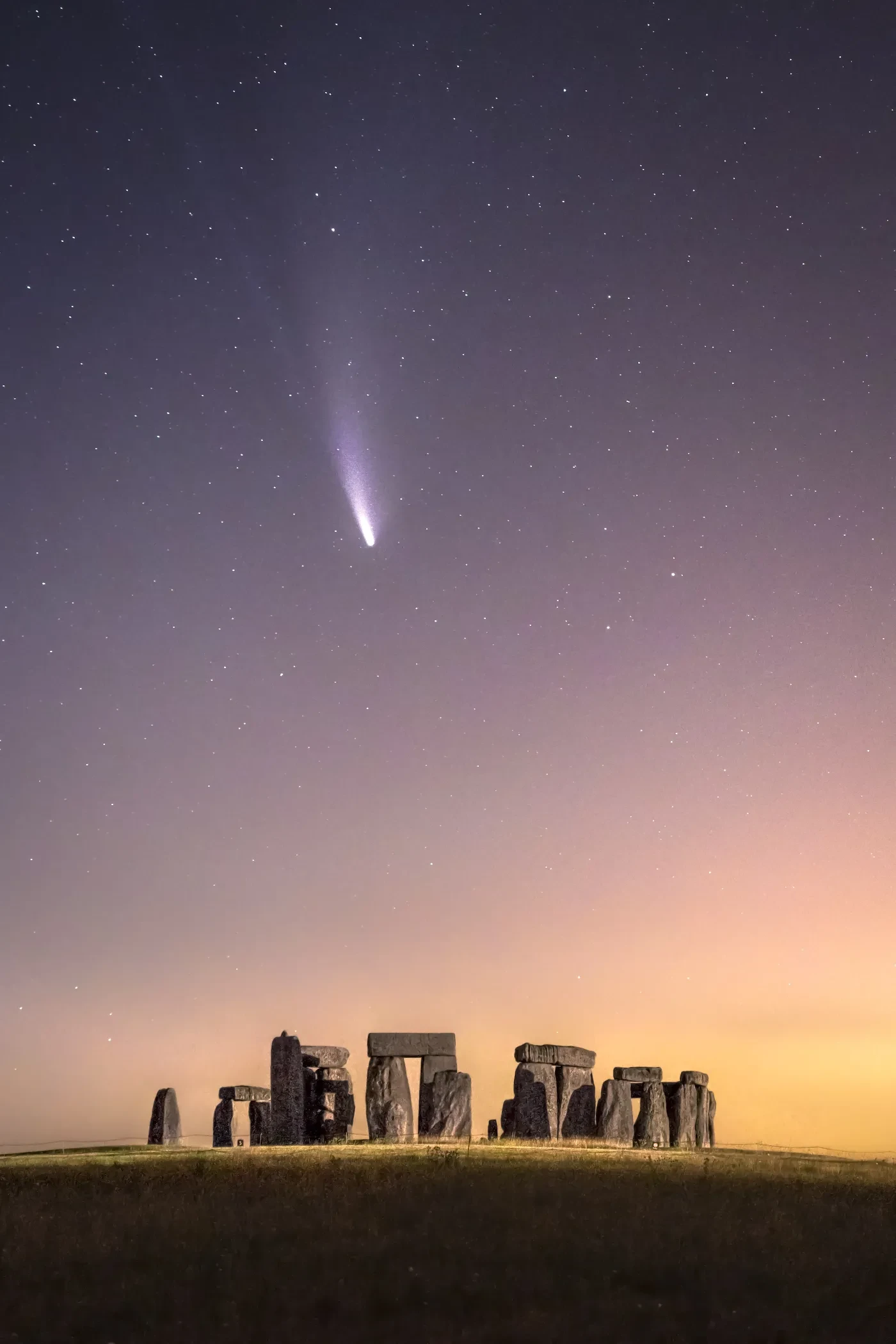
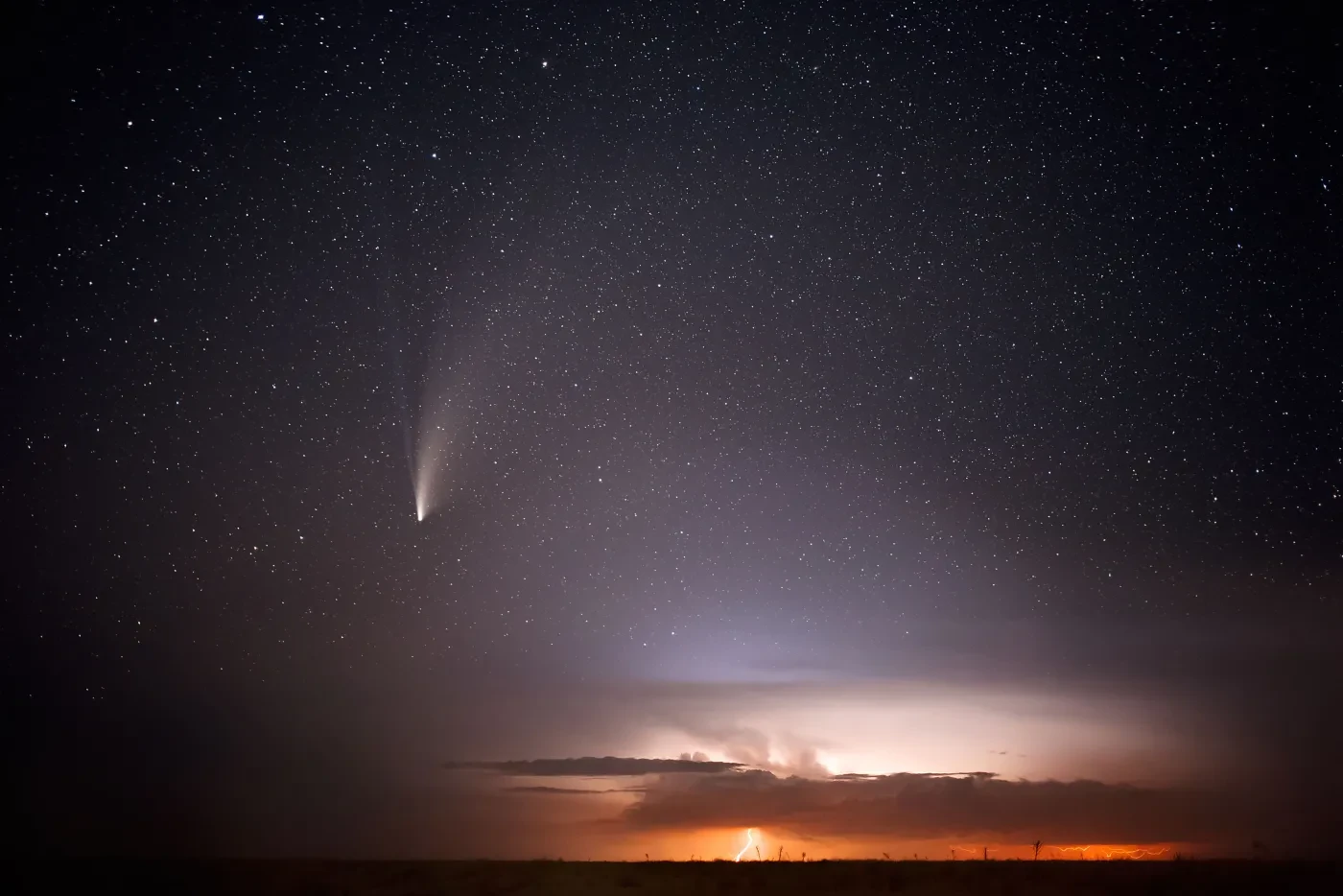
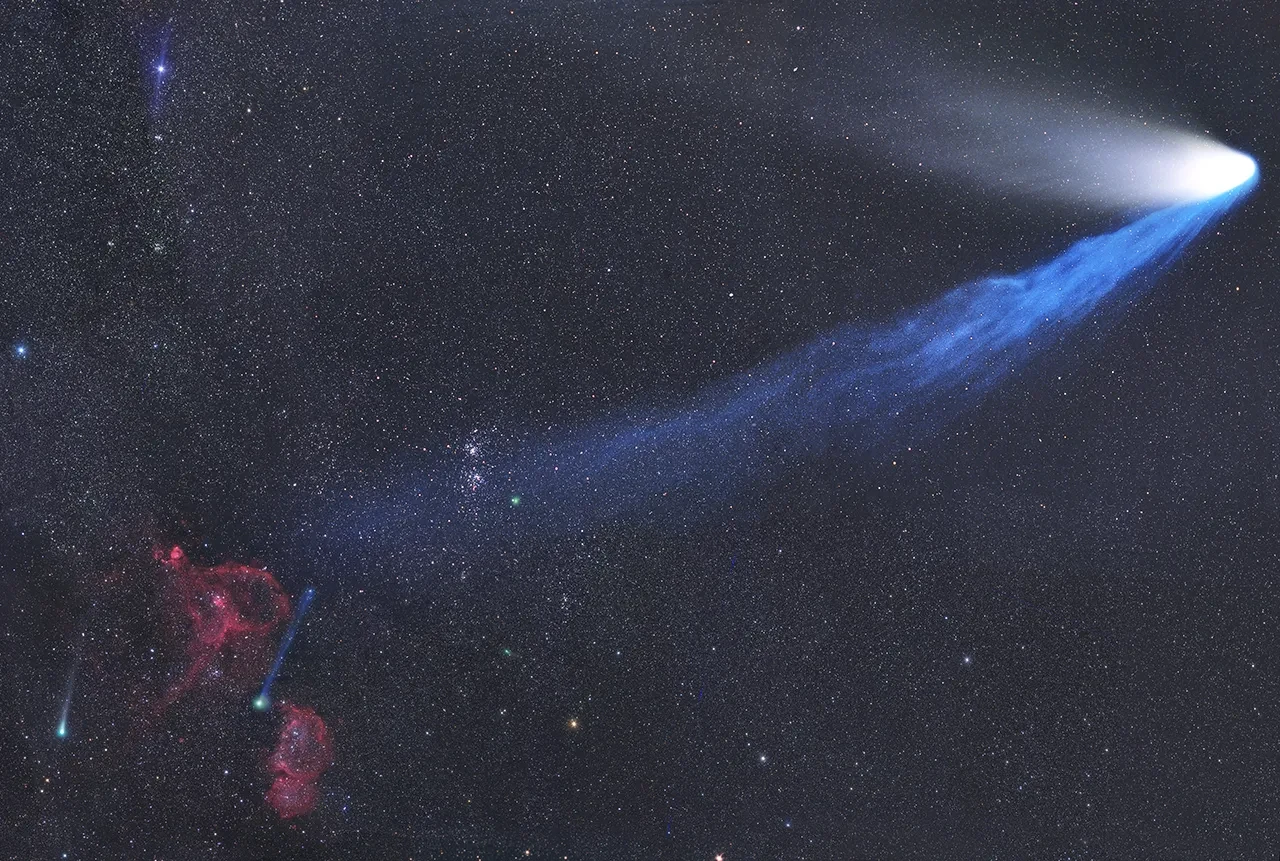
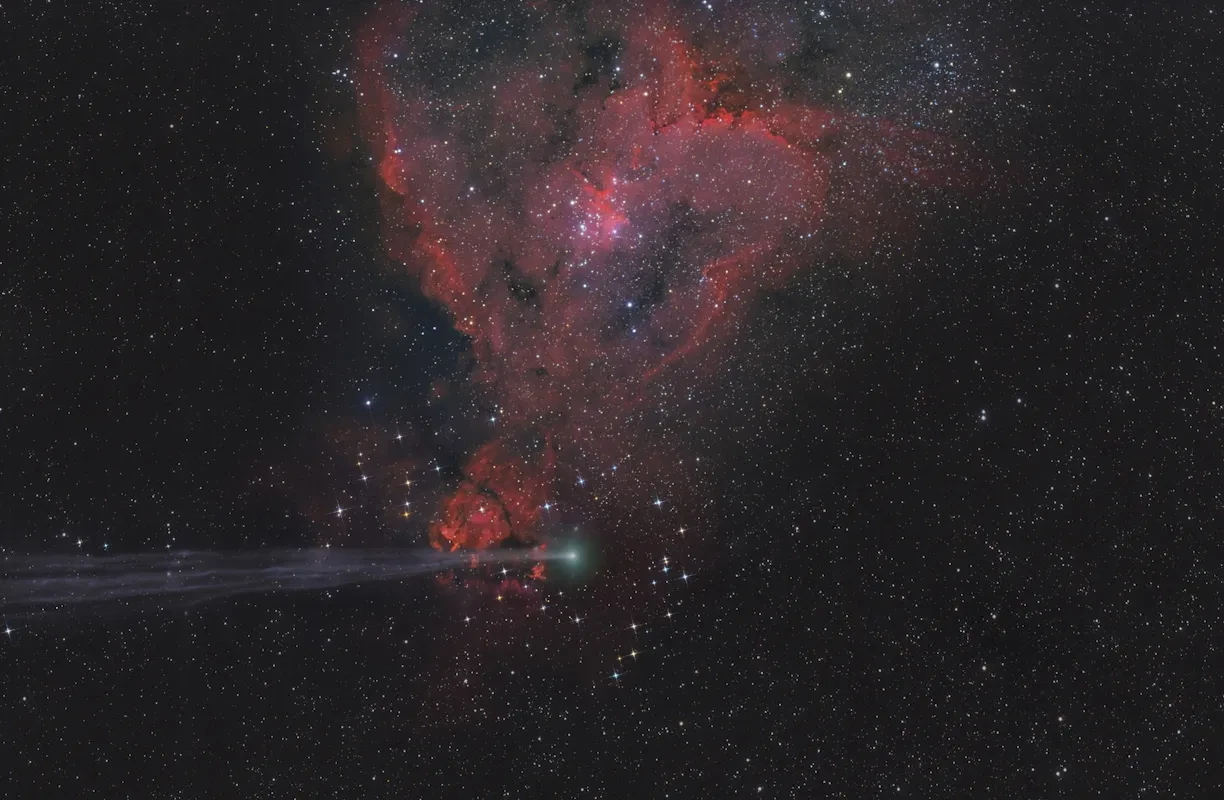
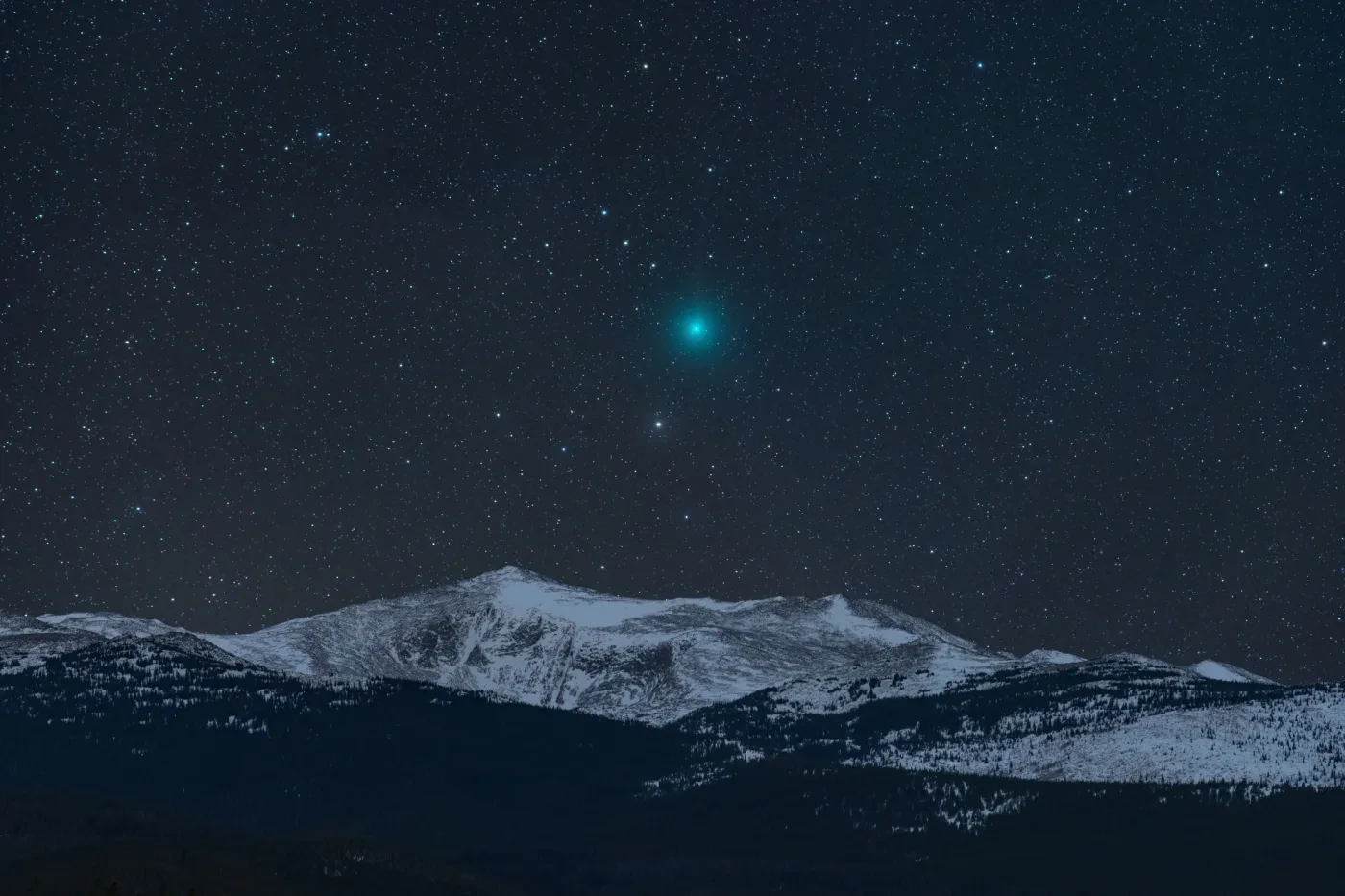
More photos of comets
